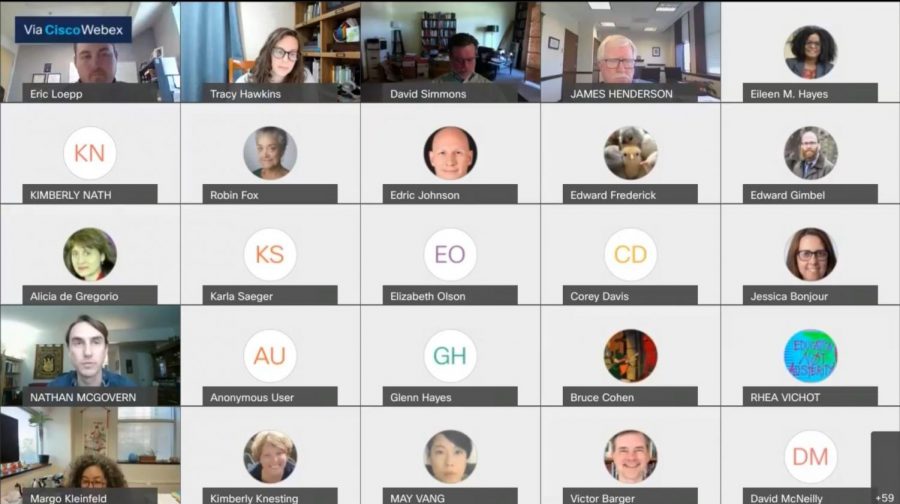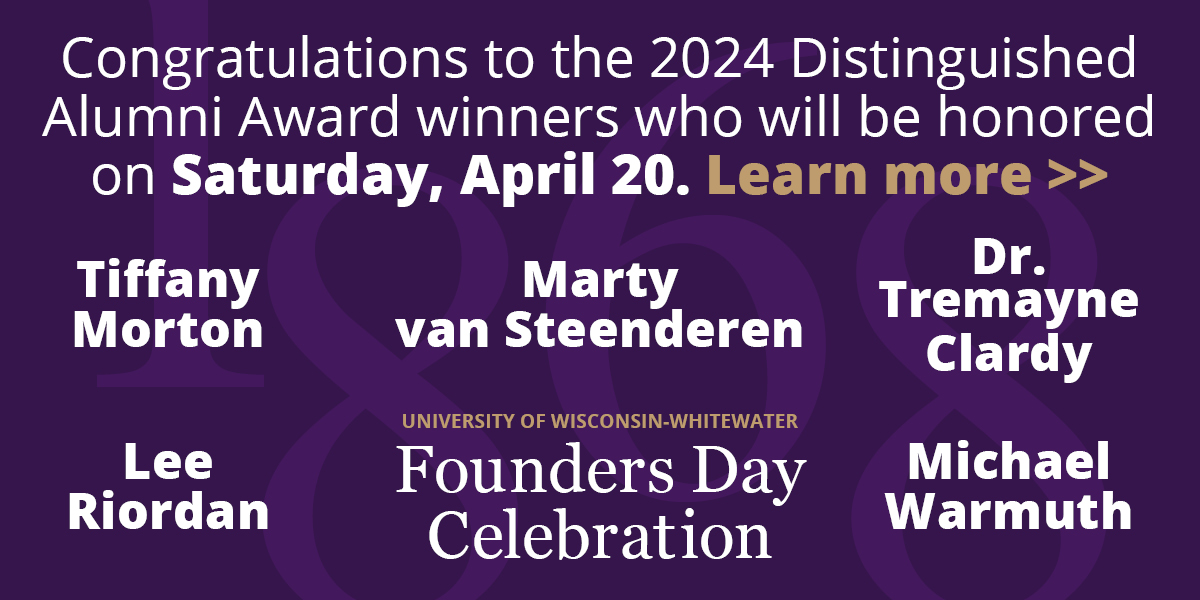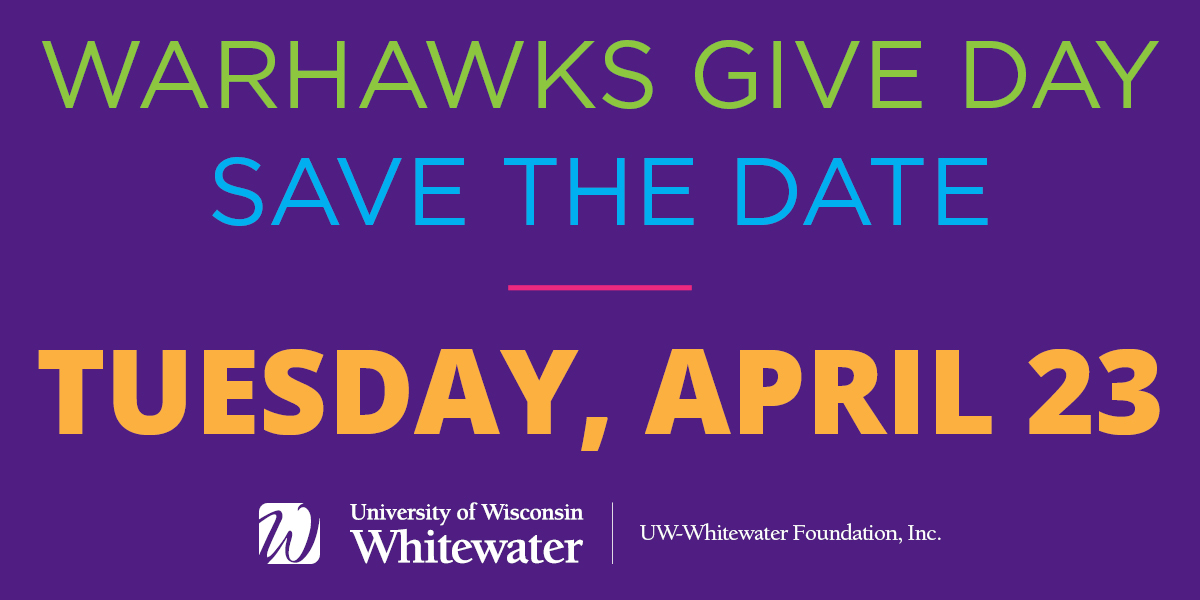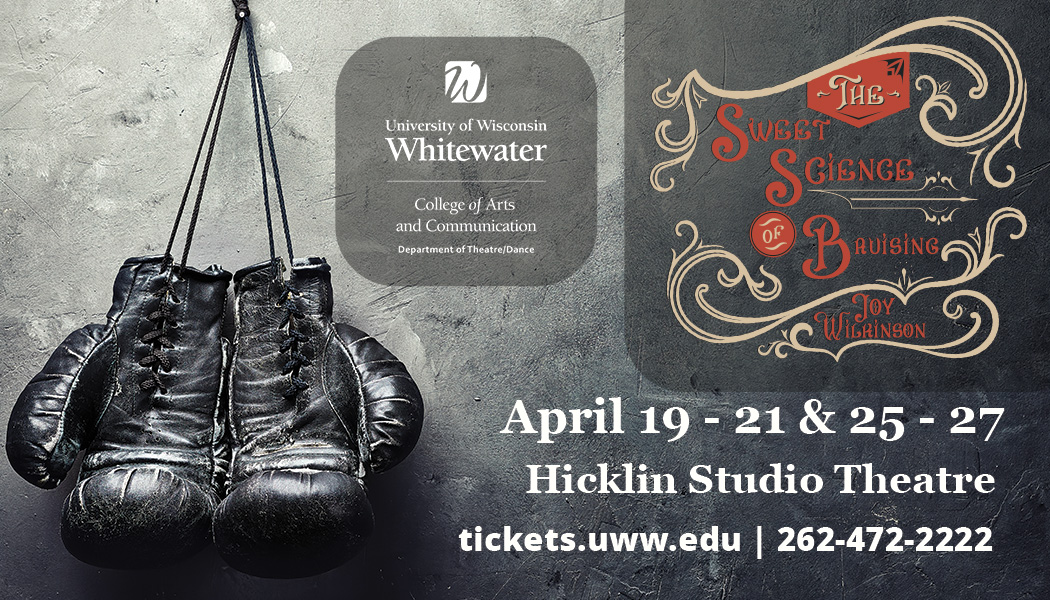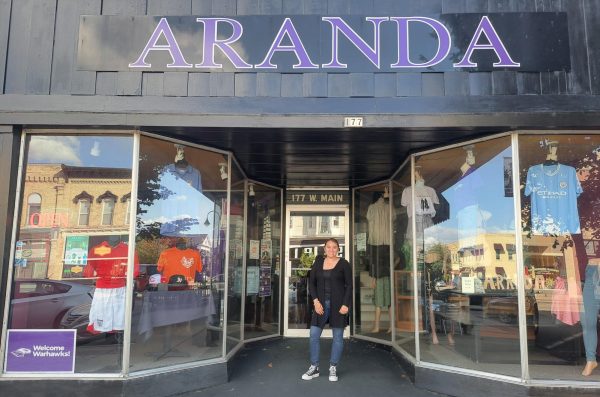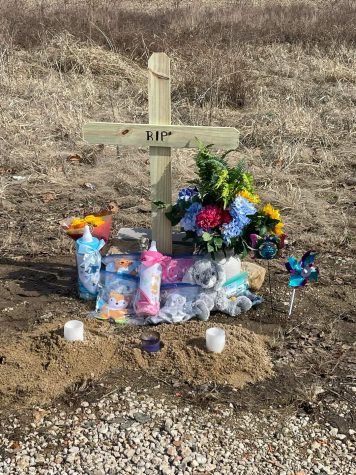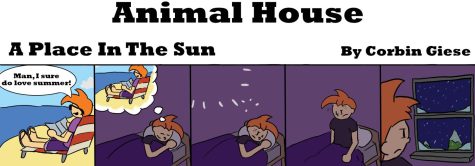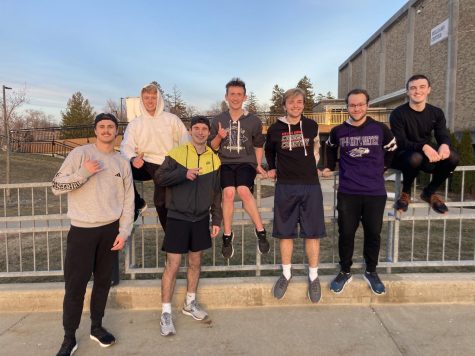Fall faculty meeting
Senate addresses technology, program array
October 24, 2021
The first all-faculty senate meeting of the year laid out the best practices to adopt on canvas linking it to higher student success in the classroom, among other topics of discussion.
Assistant professor and Director of Learning Technology Eric Loepp presented the correlation between an organized canvas class page and student success.
This became a matter of discussion after reviewing answers from a survey he conducted during the fall of 2020 looking to get insight on student experiences.
Many students explained that a well-organized Canvas site made it easier to navigate and enhanced their online experience overall.
“Students overwhelmingly are saying ‘yes, this is really really important. It’s not a secondary thing. Please, don’t treat Canvas as a repository, we’d love it to be a digital hub, even in our face-to-face courses it can be really helpful,” said Loepp.
An accessible and consistent setup sets everyone up for success – including professors. It could potentially decrease the number of emails received from confused students.
“A presentation like that is bound to elicit some anger and resentment from some faculty, which we’re seeing in the comments. I want to acknowledge that I do think we need to take this problem seriously,” said Associate Professor Nathan McGovern. “But I also wonder if, at an institutional level, more can be done to maybe minimize the chances for those sorts of confusions … There are so many functions on canvas. It’s not realistic to expect that every individual faculty member will be aware of everything that canvas is doing.”
Leopp noted that technology does not always work in our favor and some challenges may persist. Student expectations and varying professor knowledge with canvas make this issue a work-in-progress.
Faculty Senate Chair Tracy Hawkins gave updates on goals for the year. Recently the senate completed their goal for a joint letter on early tenure, which was approved by Chancellor Jim Henderson.
Other goals the senate is working on include tenure-line tracking and upward evaluations.
An update from the University Program Array Review Committee (UPARC) was given by associate professor David Simmons.
The role of the UPARC is to make suggestions on the overall Program Array based on progress reviews that will be due on Dec. 3. Program Array refers to the entire offering of academic programs, including majors, minors, and certificates.
According to the timeline, UPARC will provide feedback come March of 2022 based on the reviews given and have a final academic plan by the end of the year.
Provost John Chenoweth later presented on institutional planning regarding instruction, reminding attendees about the recently updated mission statement, the Higher Learning Commission self-study and strategic enrollment – hinting that one will kick off soon.
“I want to express my profound appreciation to all the faculty that have made this fall incredibly successful despite all the hurdles we’ve had,” said Henderson.


